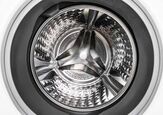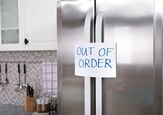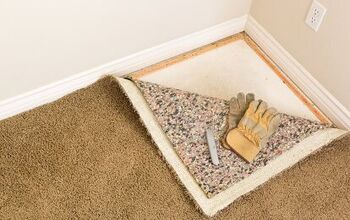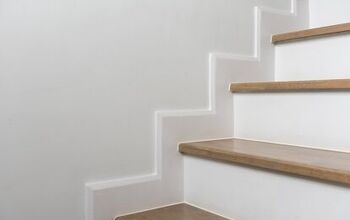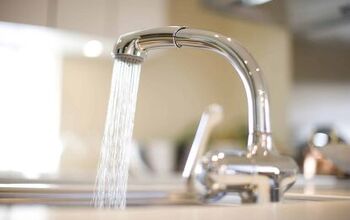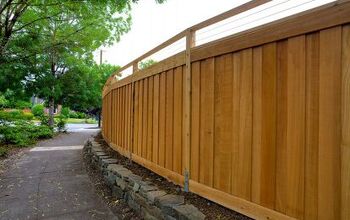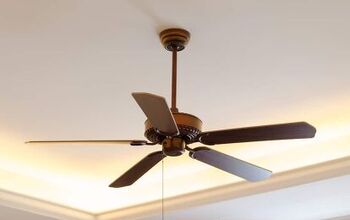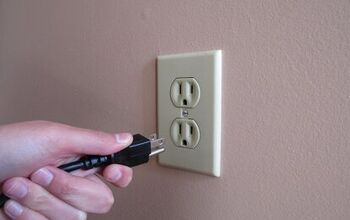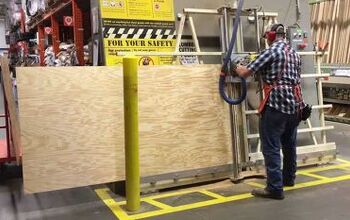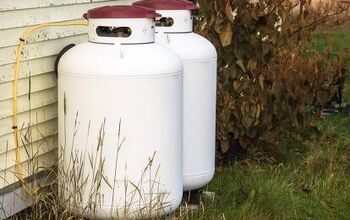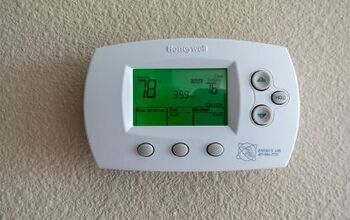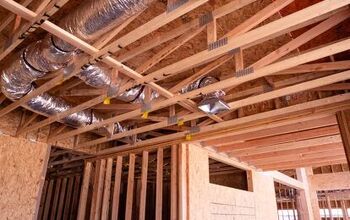Is It Dangerous To Scrub Mold?

It’s hard to feel comfortable at home when you see mold and know that more could be lingering right around the corner. Your first thought may be to scrub the mold away to fix the issue, but your gut instinct may say otherwise. Is scrubbing mold dangerous, and should you do it?
Don't scrub mold without treating it first with chemicals or even white vinegar, otherwise it can be dangerous. Scrubbing mold without treating it first can quickly release spores into the air, and the mold can multiply within a few days. Instead, you call a mold abatement service and have them test the air and safely remove the mold.
Otherwise, you can dilute some hydrogen peroxide into water, spray the mold, and let it sit for 30 minutes before scrubbing it. That said, it’s still worth hiring professionals, as they can help locate seemingly undetectable mold spores in your home. Follow along as we explore everything you must know about scrubbing mold.
Why You Shouldn’t Scrub Mold
Scrubbing mold is dangerous, so think twice before doing it. It can cause health problems, among other issues, such as:
1. You’ll Spread It
As previously mentioned, scrubbing mold can spread it throughout your house. The mold spores can settle in other places within 24 hours, and the problem will worsen over the next 2-3 days. Within 72 hours, in extreme cases, new colonies can form and release more spores.
Depending on the size of your home, this can quickly become unmanageable and create a hazardous environment. The mold spores can even travel through your home's air ducts when your furnace or air conditioner turns on. High indoor humidity can facilitate the spread and growth of mold extensively, making the use of a dehumidifier essential.
Scrubbing mold is especially dangerous if you live in a small house or apartment. The spores won’t have many places to go, so you may soon live in a concentrated mold den. You’re much better off leaving the clean-up to professionals.
2. You Won’t Get it All
The mold that you see isn’t all that’s there, even if it’s the only visible mold around. You may scrub some mold and think you fixed the problem, only to find mold in new areas within a few days. Not only is this counterproductive, but it also puts you at risk of health consequences for much longer.
During this time, you could instead contact your landlord if you’re a renter and see if they can help you. As a homeowner, you should call a mold abatement and remediation service to take care of the problem. The longer you wait to take care of the mold, the worse it will get.
Mold outbreaks are time sensitive, and even waiting a week longer than you should can significantly worsen the problem. Even just a few specks of mold can point to a much larger problem, as there’s a good chance that microscopic spores are all over your home by now. Don’t hesitate to call a professional and get their opinion.
3. You’ll Make Mold Clean-Up Harder
Mold abatement and remediation can be expensive, especially if your mold problem is out of control. However, it can be quite cheap if the mold in your home is mostly isolated to small areas. Unfortunately, scrubbing isolated patches of mold can contribute to a widespread problem throughout the house.
If you don’t scrub the mold, you can easily call a professional and point it out, so they can treat it. However, the same mold abatement professional may have to work much harder to fix the problem if mold spores are everywhere. In that case, they’ll likely conduct visual inspections and air quality tests after taking mold samples.
All of this will come out of your pocket, and it can cost hundreds, if not thousands, of dollars. The average mold inspection costs $670, and that may be necessary if you scrub all the mold you find. However, testing is necessary if much of the mold in your home is undetectable.
How To Safely Clean Mold
While you should hire a professional, you can safely clean mold if you gather the right supplies and follow the proper steps. First, collect supplies, such as gloves, a respirator, and hydrogen peroxide, white vinegar, or bleach. However, you must never mix store-bought chemicals. You can safely clean mold in a few steps:
1. Protect Yourself
Before getting started, you must take a few steps to minimize mold exposure. If possible, you must open some windows to ventilate the area. This can help protect you from mold spores as well as the chemicals you use to kill the mold.
Wear rubber gloves and cover your nose and mouth with a respirator, so you don’t inhale mold spores. Some people also wear eye protection, especially when using bleach and hydrogen peroxide. It’s a good idea to turn your air conditioner off before starting, so the remaining spores won’t travel through the air ducts.
2. Spray The Mold
Spray the mold. Many people like to use white vinegar, as it’s less abrasive than bleach and easier to find than hydrogen peroxide. Fill a spray bottle with equal parts white vinegar and water for easy application.
Alternatively, you can mix 1 cup of bleach with 1 gallon of water, but this is only effective on non-porous surfaces. That said, it’s worth trying white vinegar and water first, as it’s safer and less likely to damage the surfaces in your home. However, you should never mix chemicals when treating mold.
Mixing chemicals can release toxic fumes that will temporarily render your home uninhabitable. Spray the mold and let the solution sit for at least 10 to 15 minutes before proceeding.
3. Scrub The Mold
After at least 15 minutes, carefully scrub the mold with a fresh brush. You’re better off using a new scrub brush, as there is less risk of contamination. Make tight, circular strokes until the mold fades.
If mold remains, you must make a stronger solution using the same ingredients as before. If you used white vinegar, use more white vinegar again, as opposed to trying another method. If scrubbing the mold worked, you can wash the area with warm water to remove any remaining vinegar.
Thoroughly dry the area and run a fan in the room to improve the ventilation. Keep the windows open for a few hours to be safe.
Summing It Up
Scrubbing mold without first treating it with white vinegar, bleach, or hydrogen peroxide is dangerous. That’s because without treating it first, the mold spores will not be killed; the scrubbing will just releases them. You’re better off spraying the mold with white vinegar and water, letting it sit for at least 10-15 minutes, and scrubbing it. Otherwise, you should call a professional.
Related Guides:

Nick Durante is a professional writer with a primary focus on home improvement. When he is not writing about home improvement or taking on projects around the house, he likes to read and create art. He is always looking towards the newest trends in home improvement.
More by Nick Durante

